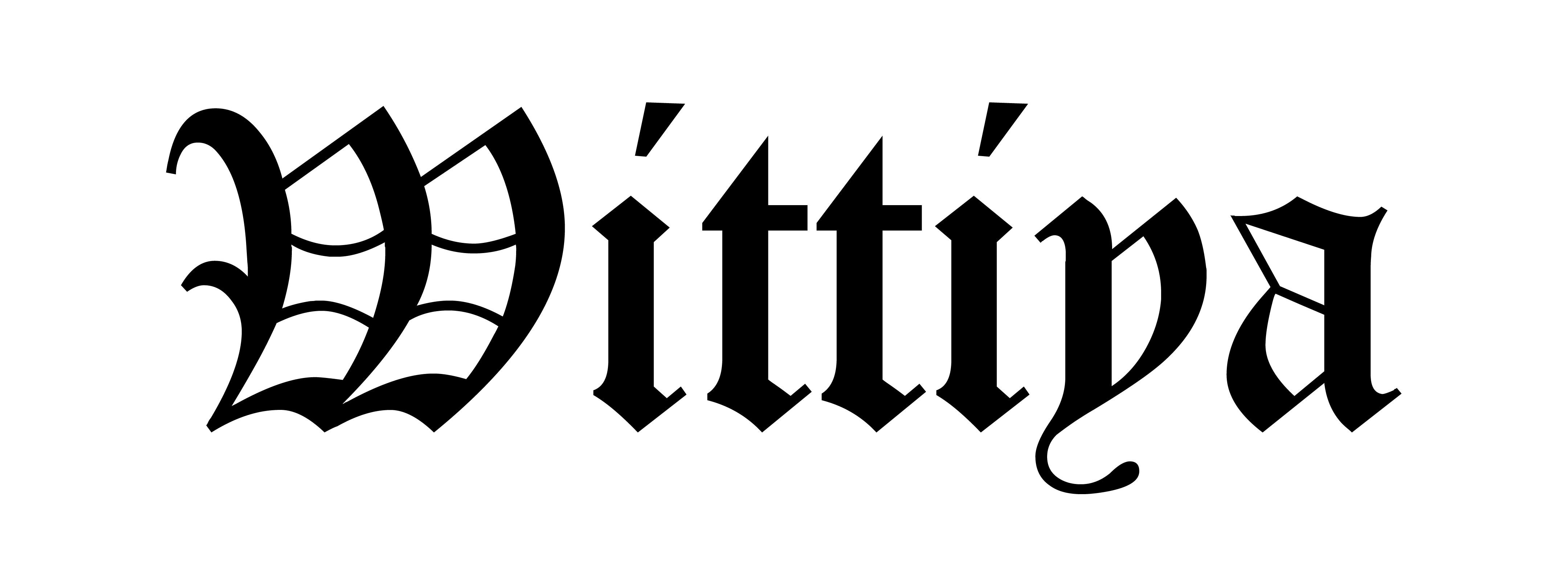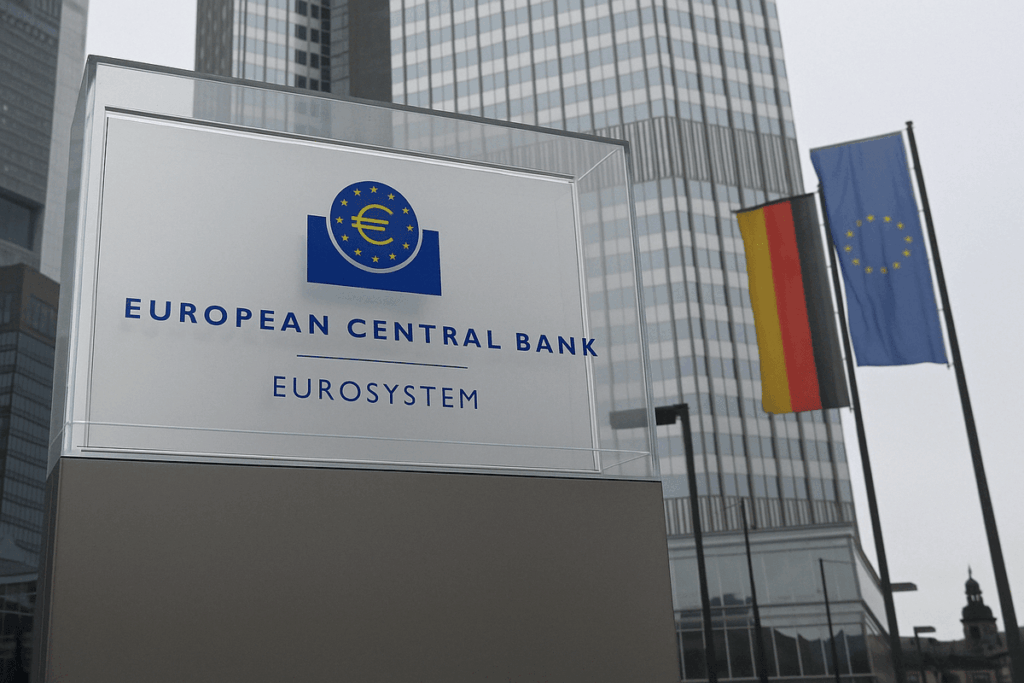On April 17, euro zone government bond yields rose ahead of the European Central Bank’s (ECB) monetary policy meeting. Investors expect a rate cut, but the focus remains on the ECB’s future stance amid global trade uncertainties and economic reforms in Germany.
The European Central Bank (ECB), headquartered in Frankfurt, Germany, is under the spotlight as euro zone government bond yields increased on April 17, hours before the bank’s anticipated monetary policy announcement. The ECB, responsible for managing monetary policy for the euro area, is widely expected to cut interest rates by 25 basis points, but investors are more focused on the bank’s language regarding future policy direction.
Germany, Europe’s economic powerhouse, saw its 10-year benchmark bond yield rise by 5.5 basis points to 2.51% after a 4-basis point drop the previous day. Germany’s 2-year bond yield, sensitive to short-term rate expectations, also climbed 5.5 basis points to 1.80%.
Kevin Thozet of Carmignac, a France-based asset management firm, noted that the combination of Germany’s economic reforms and global trade barriers—particularly those influenced by U.S. policies under President Donald Trump—necessitate a tight or neutral ECB policy stance. The new economic roadmap introduced by Germany’s coalition government aims to reignite growth through tax and structural reforms.
However, uncertainty stemming from U.S. tariffs and investor concern over diminishing household and corporate confidence may weigh on growth. These dynamics have kept the euro zone yield curve in a gradual steepening trend, with long-term yields outpacing shorter ones.
Italy’s 10-year bond yield rose 2.5 basis points to 3.72%, while the spread between Italian and German bonds widened to 118 basis points. This comes after S&P Global Ratings recently upgraded Italy’s long-term credit rating from “BBB” to “BBB+”.
Meanwhile, the U.S. Treasury market saw a similar move, with the 10-year yield gaining 3.5 basis points following Federal Reserve Chair Jerome Powell’s remarks that raised investor caution around inflation and economic growth in the United States.
Traders now price the ECB deposit rate at 1.68% by December 2025—down from the current 2.5%—indicating three likely rate cuts and a 30% probability of a fourth.
As the ECB prepares to unveil its policy direction, markets remain watchful for any cues about whether the euro zone’s central bank considers rates still restrictive—a signal that more easing could be on the horizon.



